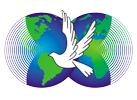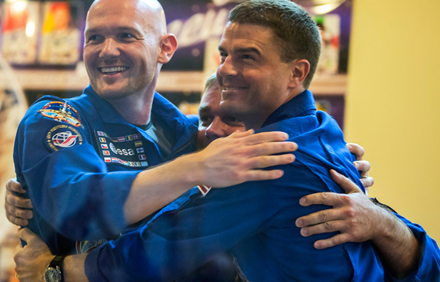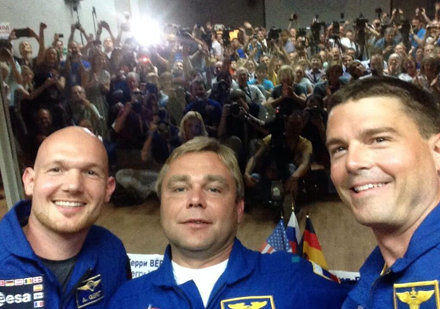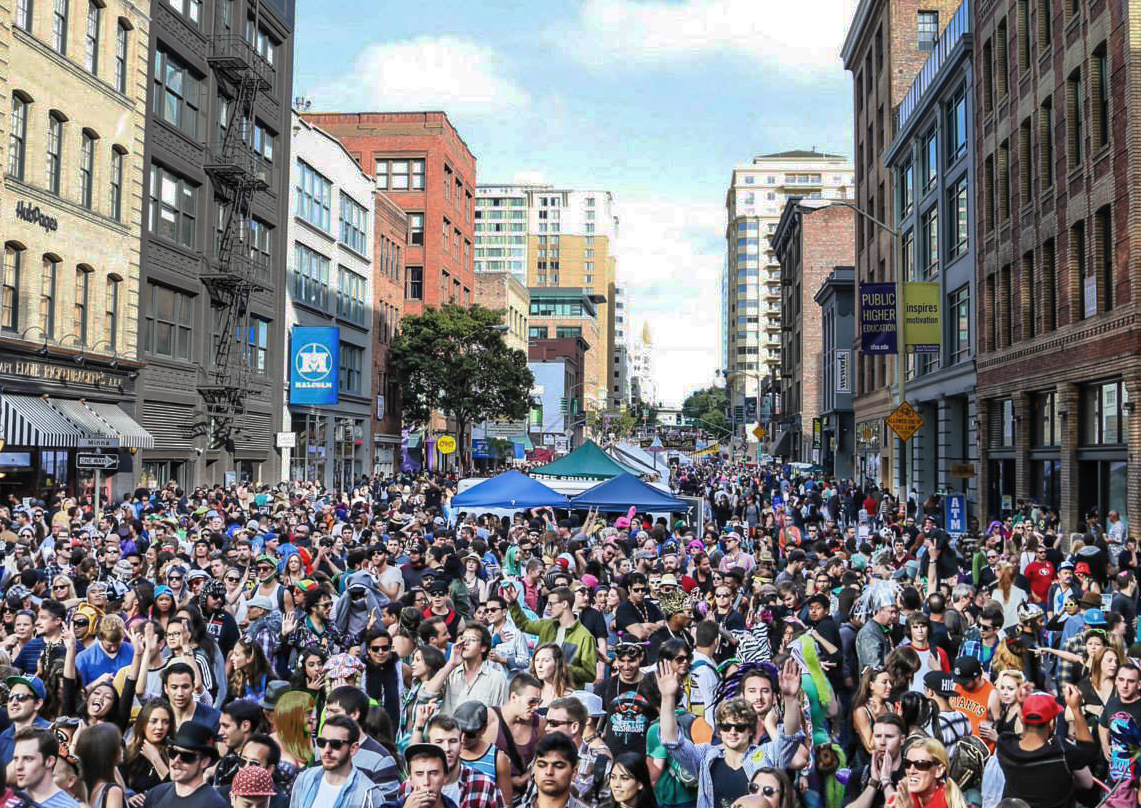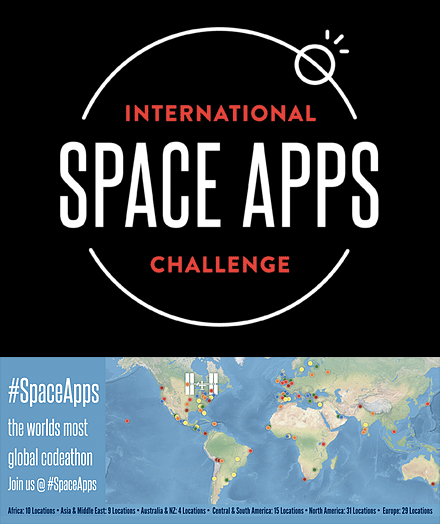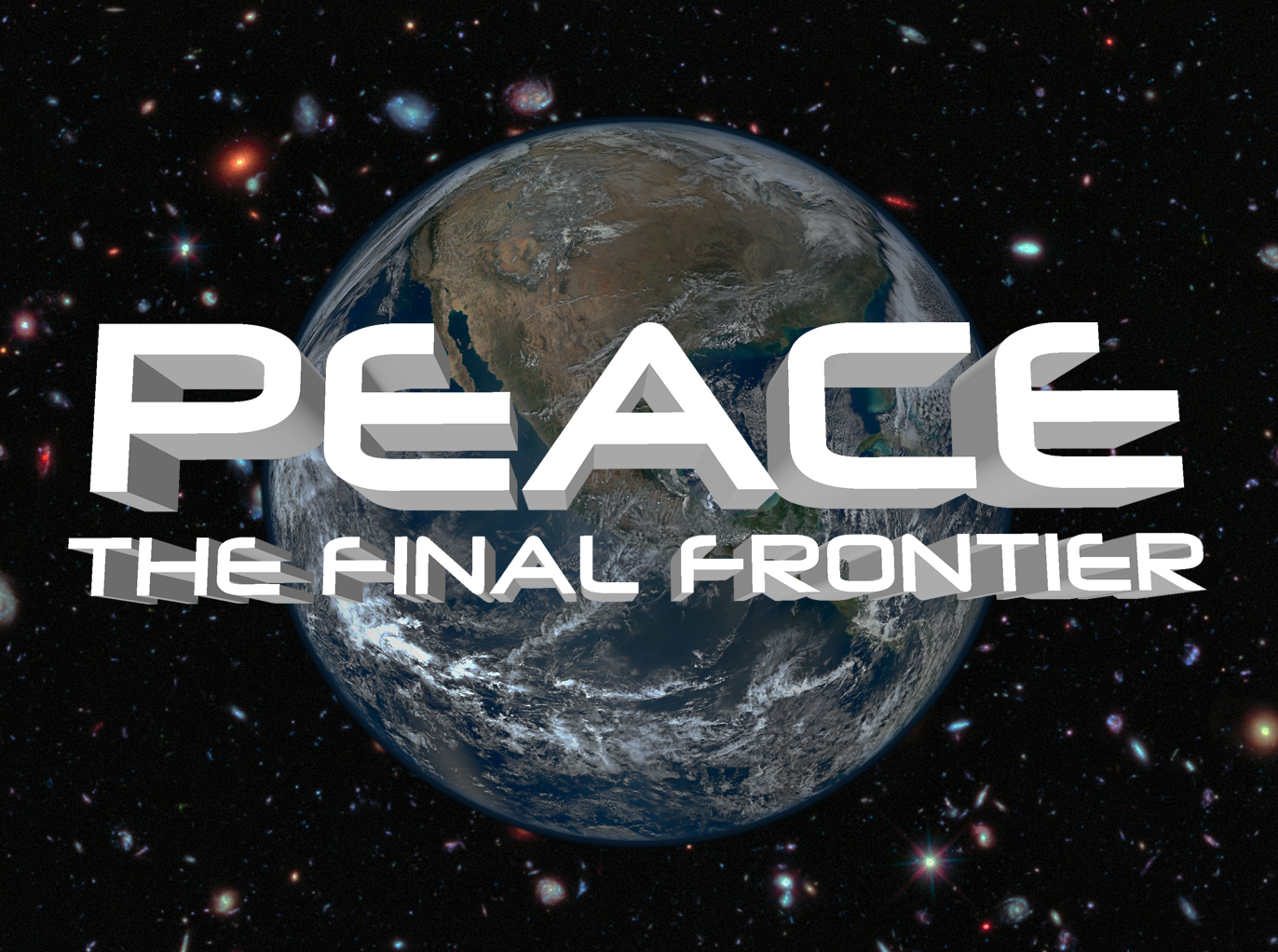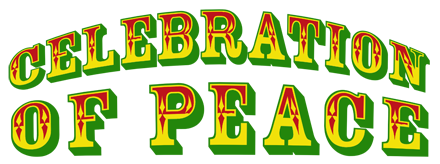
The How Weird Street Faire is the World Peace Through Technology Organization’s annual festival, and an experiment on how to create a peace event that allows “opposing” sides to find common ground and similarities. We identified some elements that could help lead to peace between people, including electronic music, synchronized group dance, inspiring visionary art, a collective expansion of consciousness and awareness, a diverse group of people, an open mind, and a lot of fun. Then we applied them on a large scale in a public venue with amazing results. We found that those elements are the ideal ingredients to a peace event.
The need for creating peace has only grown in the years since we started the faire 16 years ago. We want to share what we have learned, and open source the elements of a peace event, in the hope that more of these events can help bring peace to the world.
We encourage all people to make their own peace events. We need more gatherings that can bring different people together. Please let us know what you learn and what elements you find to be useful for bridging divides and connecting people. As the Dalai Lama explained, one of the best things that people can do to bring peace is to hold festivals with music and art that bring people together.

THE COMPONENTS OF A PEACE EVENT
MUSIC
Music is a bridge, connecting everyone. Music is the ideal medium for crossing barriers, and uniting diverse people. Music knows no boundaries. More than any other form of communication, music is able to transcend differences between people. Music has the power to change us physically, directly affecting the emotions and the chemical balance of the body. Music inspires us and takes us to other places. Music can lift our spirits and increase our creativity. Music can heal people. UN Secretary General Ban Ki Moon said recently, “There are no languages required in the musical world. In this era of instability and intolerance we need to promote better understanding through the power of music.”
Electronic music plays a key role in the How Weird Street Faire, and one of the reasons why the faire attracts people from all over the world. Electronic music is the most diverse and globally listened to music in human history. Every culture and every country has DJs playing and creating music, and communities forming wherever people dance together. In some places it is the mainstream culture, in others it is alternative or underground, but electronic music is present everywhere on the planet.
How Weird features the full spectrum of electronic music styles, bringing different communities together to connect them to each other and encourage cooperation and mutual appreciation. This gathering of the tribes at How Weird creates a unique music festival that is always full of surprises. Faire participants are encouraged to see and experience all the different music stages, and try something new. Great care has been taken by each stage to create a high quality environment to enjoy the music and dancing, and have a maximum amount of fun. Electronic music is a good choice of music for helping to create peace, as represented by the cultural motto of “peace, love, unity, and respect”.
DANCING
Dance is a fun activity that everyone can participate in, and find common ground and similar interest with anyone else. It is a very effective way of connecting with others. Dance and music are powerful ways to reach a deep meditative state, used for thousands of years with much success. A meditative state is helpful for bringing inner peace, and building the foundations for lasting peace with others. Dancing in a group also synchronizes the individuals on a collective level, enabling deeper understanding and acceptance of others, and forming coherence among the group. In spite of our differences, when we dance to the same beat, we become one.
A Cambridge University study published in the Psychology of Music journal in 2012 found that “interacting with others through music makes us more emotionally attuned to other people,” resulting in an increase of compassion and understanding of others. Another article in the American Psychological Association journal Emotion in 2011, called “Synchrony and the Social Tuning of Compassion” described how “synchronized movement evokes compassion” in groups of people. Science is noticing the same things that we did, that dancing together creates very deep connections and increases empathy, which leads to peace. As Dr. Simon Baron-Cohen, professor of developmental psychopathology at Cambridge University, explained, “Any problem immersed in empathy becomes soluble.”
For the third year, the How Weird Street Faire will participate in National Dance Week, a massive celebration of all forms of dance. Cultures all over the planet have enjoyed dance since before the written word, it is a universal expression of life. As Nelson Mandela once said, “It is music and dancing that makes me at peace with the world.”
VISUAL ART
Visual art, like music and dance, is a form of communication that bridges separations, and speaks directly to the heart and soul. Art can lead to greater understanding and appreciation of others. How Weird showcases many kinds of expression, including visionary art. We found that being surrounded by visionary art helps to recreate those states of awareness, and lay the foundation for deeper connections and understanding to take place. Music, dance, and art have always been recognized as having powerful effects on human consciousness, and being a fundamental part of our existence.
BECOMING MORE AWARE
The How Weird Street Faire tries to raise people’s consciousness through music, art, dancing, and ideas. By viewing the world from a wider perspective, the connections between us become more apparent, as well as our common interests. By raising our level of awareness and understanding, we make it easier to live in peace, to develop connections between people, and to find solutions to the many problems facing humanity at this time. As Albert Einstein explained, “No problem can be solved from the same level of consciousness that created it.”
DIVERSITY
The How Weird Street Faire celebrates extreme diversity and individual expression. Those attending and participating in the faire are a vast multitude from all over the planet, and perhaps other planets as well, representing a very unique and interesting mix of sentient beings. All of them potentially finding common ground and connecting with each other and new communities. There are babies and small children to young adults to elderly, and all in between. There are very wealthy attendants, and struggling students and artists. There are people of different politics and religions and perspectives, that have chosen to attend the same faire and enjoy the same activities. The extreme diversity of people at How Weird is testament to the universal appeal of inspiring art and music, and the desire of all people to celebrate peace. That deep connections are made, and a collective cohesion is formed, is proof that these elements can unite even the most extreme differences.
The faire is open to people of all ages, all backgrounds, and all points of view. Everyone is encouraged to be accepting of others, and to appreciate the differences between us. One faire participant explained why he liked the faire, “Instead of trying to bring us all into one line, we all get to enjoy what makes us different.”
AN OPEN MIND (or as we say “being weird”)
We chose the name “How Weird” as a play on Howard Street, the street where the faire took place. At first, we thought everyone would see the play on words, and didn’t really appreciate our own weirdness. Over the years, we grew to embrace being weird. We found that celebrating weirdness encouraged people to freely express themselves, and readily accept others. If everyone is weird, all viewpoints are equally valid, and everyone has an opportunity to be appreciated. Suddenly, the person who was an outsider is now a valuable part of the community. Differences between people become so great, that they become something interesting and amusing rather than dividing. Similarities that would usually remain elusive are brought out, enabling connections where none could have been imagined before. Being weird means doing things differently, and seeing the world in a unique way. Being weird enables us to step outside of preconceived notions and stereotypes, and think things we normally wouldn’t think. Having a festival of weirdness is an excellent way to open people’s minds, and prepare them to accept others no matter how different they are.
We weren’t the only ones who noticed these traits of weirdness. Being weird used to evoke emotions of fear and intolerance. In our modern world of rapid changes and extreme complexity, weird has become a desirable attribute, especially in the technology industry, which continues to play a major role in How Weird’s regional environment and immediate neighborhood. Weird has become associated with being creative and innovative. Thinking in a weird way has become the popular key to “stepping outside of the box”, as we try to solve the planet’s problems, as well as our own. Being weird somehow plays a part in creating an effective peace event. Perhaps, like clowns and jesters, being weird gives people permission to tear down preconceptions and rewrite all the rules, placing them in a position to find new ways of living and interacting with others. Being weird encourages people to open their mind and accept new perspectives. Being weird allows people the opportunity to be outside of their usual way of doing and seeing things, and try a fresh approach. Plus being weird is fun.
Having people arrive in strange and colorful costumes reinforces the element of weirdness and unexpectedness, that anything is possible. At first, we just liked wearing costumes. But soon we noticed that it is an excellent way to encourage individual expression and acceptance of others. Costumes enable people to be themselves. Individual costumes break down the associations with groups or ideologies, and allow people to appreciate others based solely on their creativity and interests.
How Weird inspires peace by bringing people together and allowing them to experience a place where everyone is accepted no matter what their background is. At How Weird, everyone is appreciated for having a unique perspective that is valuable to the whole. We encourage having an open mind by embracing the weirdness within us all, the things we do differently, the things that make us unique. What political or religious affiliation someone has makes little difference when they are in an outrageous costume, dancing in the middle of the street. How Weird provides a place where people can be understood by their similar passions. At How Weird, people are surrounded by unexpected opportunities to connect with others and find common ground. Despite the extreme diversity at the faire, it is all one community.
The extreme participation of the faire goers, especially the costumes and dancing, encourages a level of acceptance and appreciation rarely seen at a public event. It is an environment that fully embraces inclusion and appreciation. By accepting others’ perspectives, we increase our capacity for empathy and understanding. Allowing yourself and others to be weird can be an important lesson in peace. In a place where everyone is weird, then every way of seeing things becomes equal, and differences are more appreciated. This leads to collective empathy and understanding. If this level of respect for each other was the standard way of dealing with each other, there would be no more wars.
FUN
The faire is a lot of fun. Peace is fun. Fun makes everything better. Having a positive attitude helps to connect with others and appreciate them. Plus it’s hard to fight when you’re having fun. Fun often results in smiles, which are very contagious. Smiles help to make people happy, even at a distance. And happy people are at peace.
Buckminister Fuller noticed that to create change, you need to built something new that makes the old way obsolete. We feel that in order to create a new world that is sustainable and at peace, we need to build something that is better and more fun. Peace is badly needed now, so that we may thrive on this planet and coexist with each other. It is through music, art, and the imagination that peace is always possible.

